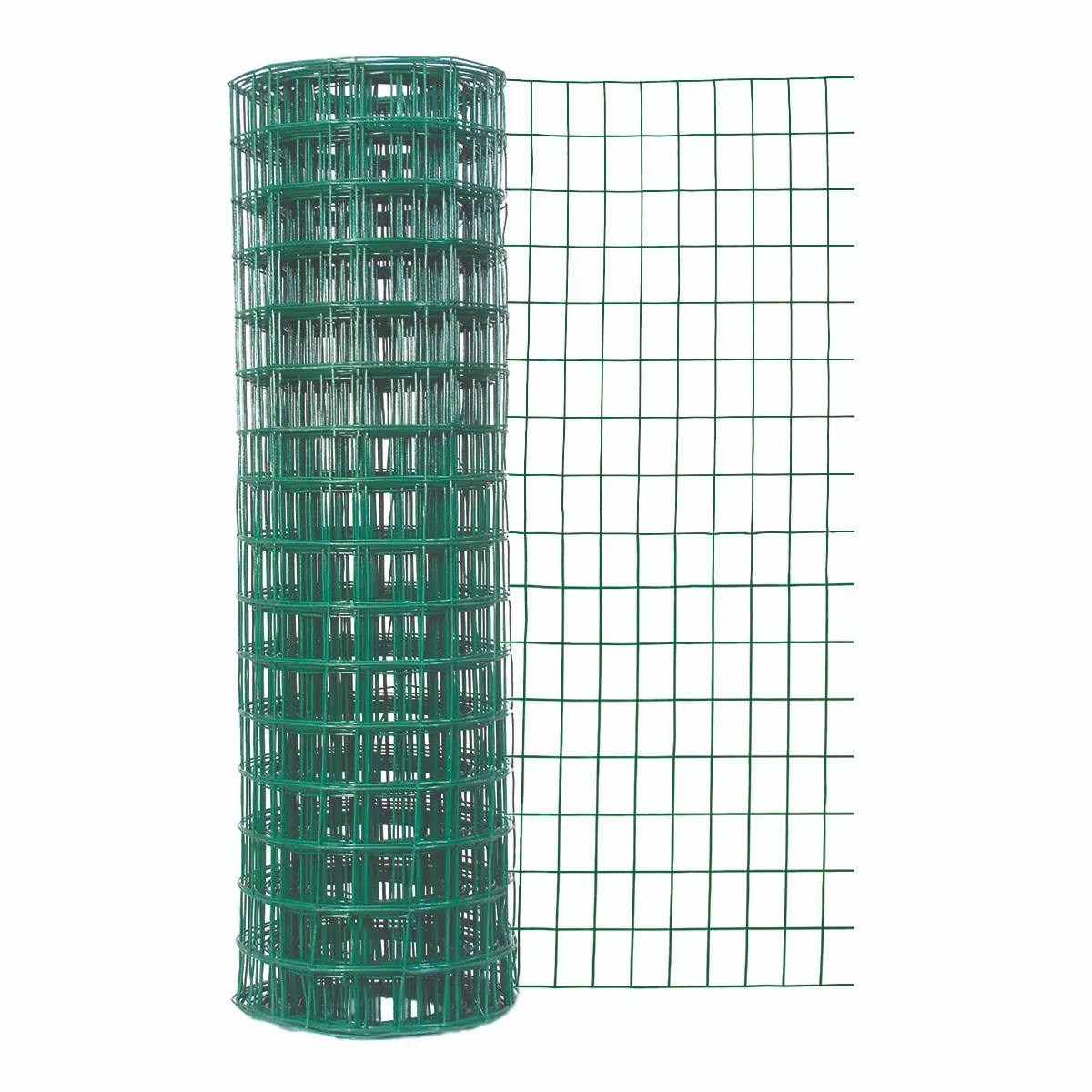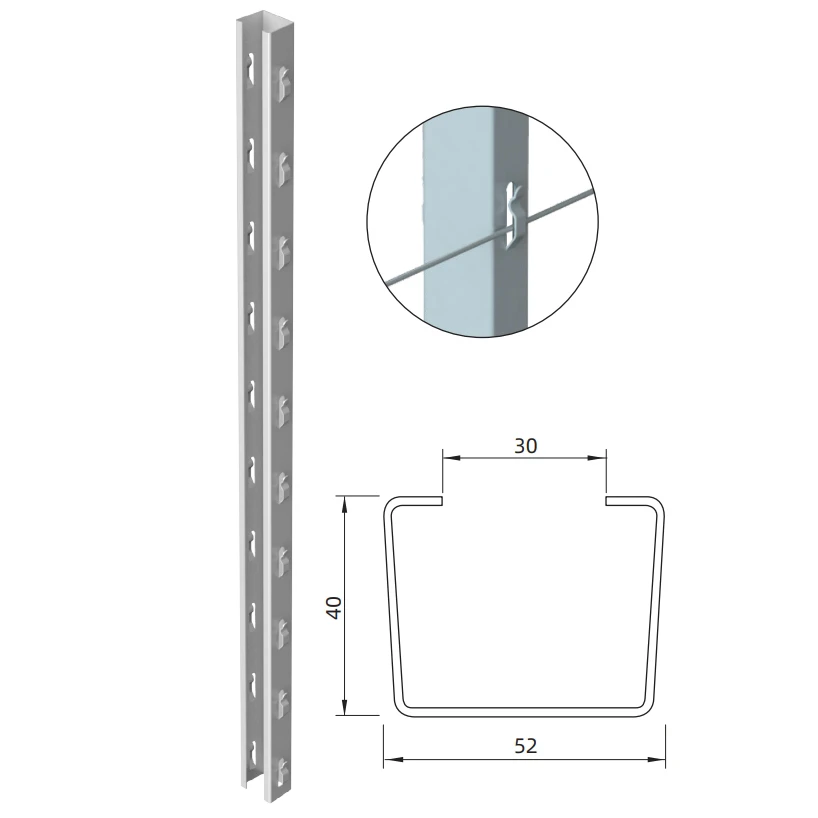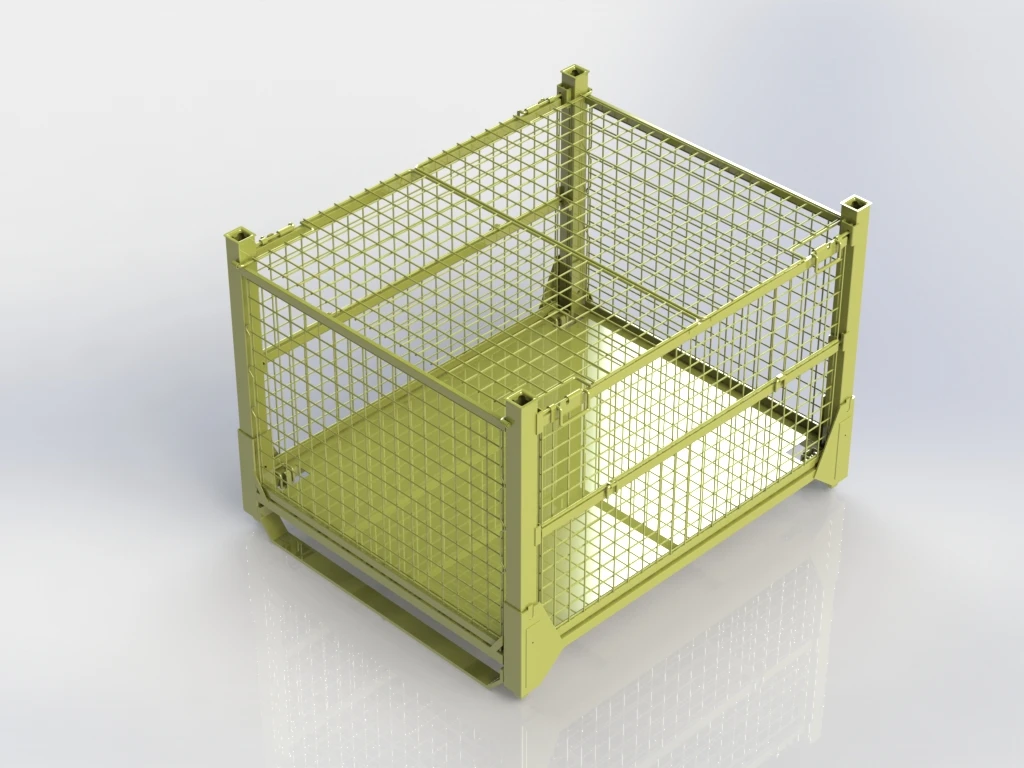Elegant Curved Fence Design for Modern Outdoor Spaces
Каст . 18, 2024 11:22
The Art of the Arched Fence
Fences often serve practical purposes—defining boundaries, providing security, and enhancing privacy. Yet, their design can transcend mere functionality to become an art form in itself. Among various fencing styles, the arched fence stands out as a remarkable blend of aesthetics and utility. This article delves into the charm and appeal of the arched fence, exploring its history, design elements, benefits, and its role in landscape architecture.
Historical Background
The concept of fencing dates back to ancient civilizations. Various cultures have utilized different fencing styles based on their geographic and climatic conditions. The arched fence, characterized by its gracefully curved top, is thought to have emerged from the architectural influences of the Romans and the classic Gothic styles of the Middle Ages. These cultures emphasized symmetry and elegance in design, and this is reflected in the arched fence's graceful curves and formations.
As time progressed, various adaptations of the arched fence were developed in different regions, often incorporating local materials and designs. In rural English cottages, for example, white picket fences often feature gentle arches that soften the boundary they create. Meanwhile, in Mediterranean architecture, wrought iron arched fences add an element of sophistication and artistry to gardens and terraces.
Design Elements
An arched fence is not only distinctive but also versatile. The key feature is, of course, the curve—be it a subtle rise in the middle or a more dramatic arch that invites admiration. The materials used can vary widely, including wood, metal, and vinyl, each offering its own unique aesthetic appeal.
Wooden arched fences often showcase natural grains and textures, allowing them to blend harmoniously with gardens and landscapes. Cedar and redwood are popular choices for their durability and beautiful finish. On the other hand, metal arched fences, particularly those made of wrought iron, can communicate elegance and strength, making them perfect for more formal settings.
When designing an arched fence, homeowners and landscapers often consider the surrounding environment. The height and width of the arch should complement the space, ensuring that it does not overwhelm the garden or patio area. Whether used to fence a vegetable garden, create a playful boundary for a children's play area, or frame a blossoming flower bed, the arched fence can significantly influence how the space is perceived.
arched fence

Benefits of an Arched Fence
The advantages of choosing an arched fence extend beyond aesthetic appeal. Firstly, its design can create a sense of openness and lightness, particularly in suburban areas where traditional fences may feel confining. The curves can soften straight lines, allowing gardens to feel more expansive and welcoming.
Additionally, arched fences can serve as effective windbreaks when built at a suitable height and density. The arch shape allows wind to flow over rather than directly through, reducing turbulence around sheltered areas. This feature is particularly valuable in gardens where delicate plants are cultivated, as it helps to protect them from harsh weather conditions.
Arched fences can also enhance curb appeal. A beautifully crafted arched fence can increase the value of a property, making it more attractive to potential buyers. It signals a level of care and attention to detail that resonates well in the real estate market.
Role in Landscape Architecture
In the realm of landscape architecture, arched fences can play a vital role in creating narrative spaces. They can guide visitors through a garden, emphasize specific features, or create boundaries that distinguish different areas. For instance, an arched fence can mark the entrance to a secret garden, inviting curiosity and exploration.
Moreover, the use of plant life in conjunction with an arched fence provides opportunities for vertical gardening. Climbing plants like ivy or roses can elegantly weave through the arches, adding layers of color and texture throughout the seasons. This not only enhances the fence's beauty but also encourages biodiversity, attracting pollinators and other wildlife.
Conclusion
The arched fence is a multifaceted design element that combines aesthetic finesse with practical benefits. Its history, elegance, and ability to enhance any landscape make it a favored choice among homeowners and architects alike. Whether it’s meant to offer privacy, frame a beautiful garden, or simply beautify a property, the arched fence stands as a testament to the harmonious balance between form and function. As gardens and landscapes evolve, the arched fence will undoubtedly remain a beloved fixture in the world of outdoor design.









 Unity
Unity Creation
Creation Challenge
Challenge Contribution
Contribution










